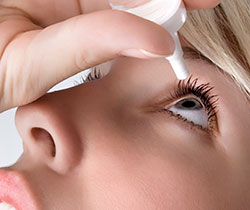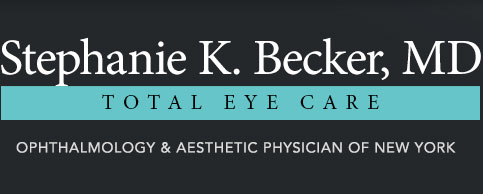Dry Eye

Patients with this condition often experience irritating symptoms and which may result in more serious damage to the vision if the condition is left untreated. It is important for patients with this condition to take special care of their eyes in order to alleviate symptoms and prevent complications. Your doctor can diagnose dry eye after a thorough evaluation of your eyes and tear production with a Schirmer tear test.
Beginning Treatments for Mild Dry Eye
Treatment for dry eye depends on the cause and severity of the condition, as well as the patient's overall health and personal preference. Non-surgical treatments are often effective, and may include the following:
- Blinking on purpose
- Increasing humidity levels at home or work
- Use artificial tears or a moisturizing ointment
- Stop smoking or exposure to second-hand smoke
- Avoiding air conditioning or windy conditions outdoors
- Stop the use of allergy and cold medicines
- Adding omega-3 fatty acids to the diet
Treatments & Procedures for Dry Eye and Meibomian Gland Dysfunction
- Punctal Plugs
- IPL, with Optimas
- BlephEx™
- iLUX
- Lid Surgery, if eyelid malposition or abnormality is the cause of Dry Eye
- Tearcare
